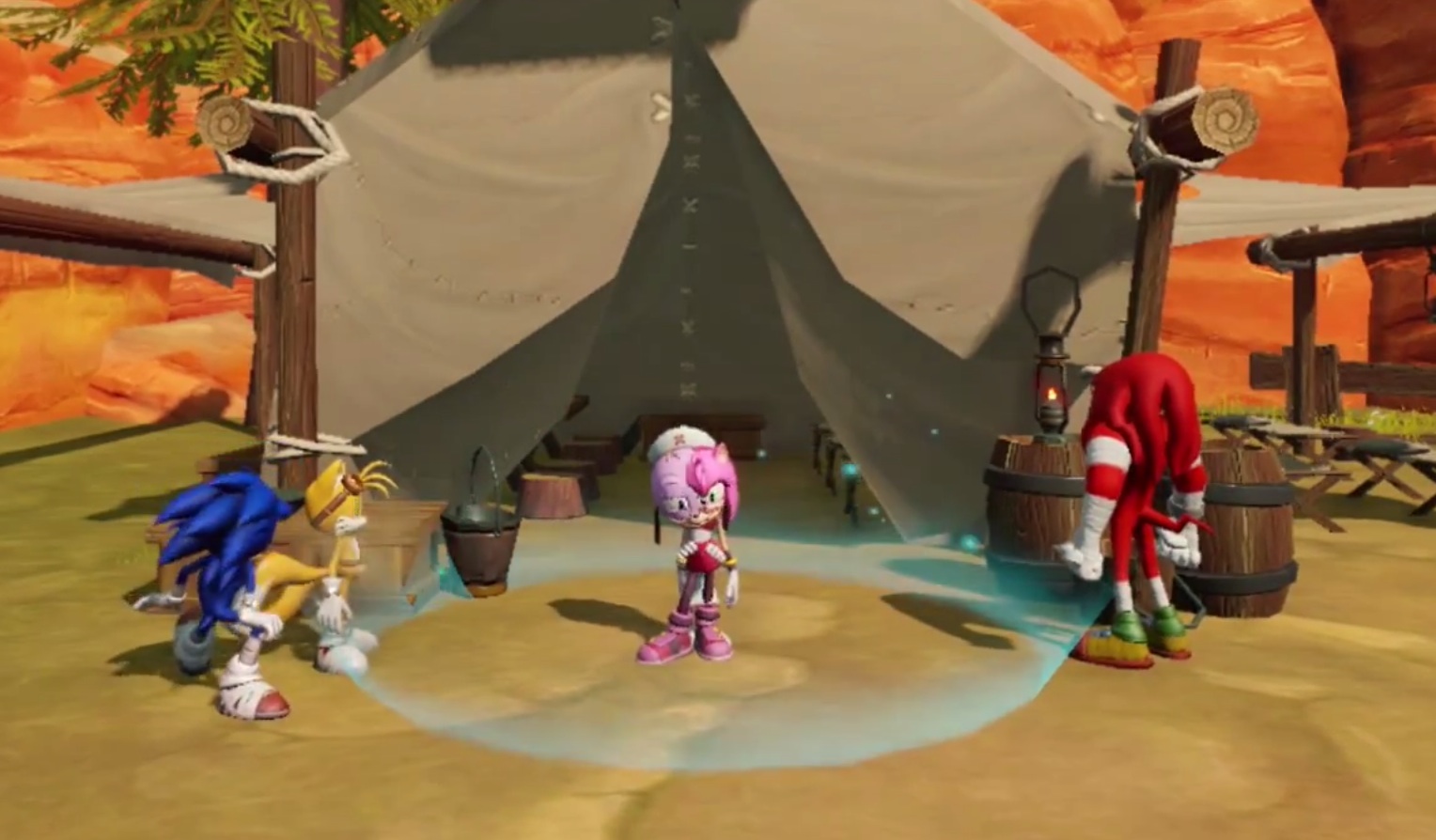Meet Farmer Chip. Farmer Chip has an idea to start a farm. He figures out what kind of crops he wants in it; then he finds some land, secures the proper equipment, and plants the seeds. Farmer Chip tends to the seed, protects it from vermin, and helps it grow into the flower or fruit that he eventually sells to others. Video game design is like farming. It too, consists of having an idea, plotting it out, securing the proper financial and creative resources, and nursing the idea into a full-fledged game for marketing.

In this article, and perhaps future articles, I want to describe and define some of the roles and responsibilities behind our favorite video games. Video games are the fruit of a designer’s labor, and it’s often the fruit we enjoy without acknowledging the designer’s labor. This is neither a comprehensive account of roles and responsibilities in video game design nor a how-to guide for designing a game. It is only a sampling of roles to help us appreciate video game design.
The process by which a game is made, or what I’m calling ‘video game design’, divides into at least four phases: pre-production, production, post-production, and marketing. Pre-production is the imaginative phase. It’s when some idea of a potential game comes to mind. This idea could be a character, scene, location, moral principle, or anything else that one might wish to share with a gaming audience. Once one has the idea, they clarify it. What kind of game should this be? A first-person shooter? an MMORPG? a puzzler? Medium matters. Some genres work well with heavy, narrative-driven gameplay (like RPGs and Adventure games), while other genres work well with combat-driven gameplay. Farmer Chip had an idea to start a farm and asked what kind of crops he wanted in it. Similarly, in pre-production, a video game designer has an idea for a game and clarifies what kind of game they want to make.

The next phase is production. Production is the laborious phase, for it involves hiring the right people to do good work in bringing this idea to life. When Farmer Chip imagined and clarified his farm, he needed the right land, skills, and tools to produce it. Production in video game design includes writing, animating, acting, and songwriting, to name a few things. The game must be scripted out to get a clear sense of where the game is headed, if anywhere. Typically, a game is also animated, allowing for crisp, clear, convincing movements that sync up to what the player presses on the controller. Both acting and songwriting serve the game’s writing, since they both help progress the story.
Once production is finished, video game design enters phase three: post-production. Post-production consists of tightening up loose ends in the game’s design and adding little filigrees to enhance the player’s experience. One of the ways game designers tighten up loose ends is through quality assurance (QA) testing. QA is for a game what crash testing is for cars. Car companies crash their cars to test its airbags. QA testers, too, intentionally crash a game to test its durability. They see whether there are any glaring glitches in the game’s code and report them to the producers so they can fix them. Crops should be free of vermin, and, arguably, game should be as free as possible from bugs.

Finally, marketing. Marketing strategy is key for a game. Some games don’t get the recognition they should because of poor advertising. If not enough people know about a game, it affects sales and reputation. If not enough copies sell, the game designers lose money. Hence, the need for advertising. There are several marketing strategies, and which strategy one uses depends on how much hype they want for their game. Some companies undersell a game to avoid disappointing their audience. Some companies oversell a game because they’re just that confident in their game. How a game is marketed is just as important as the preceding phases of its development.
So much for the four phases of video game design. There’s more to explore, but I’ll postpone further exploration for later pieces. I hope this article, and others like it, assists us in appreciating not only the fruit of one’s labor but the labor behind it as well.




